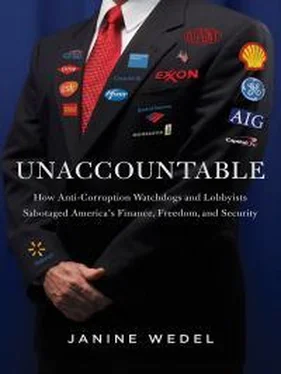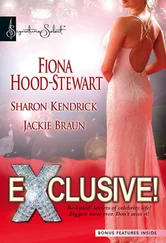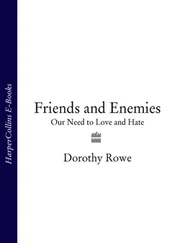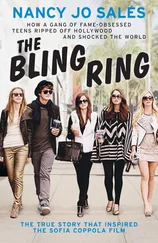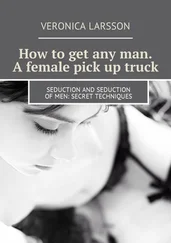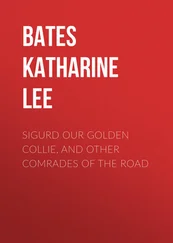In fact, the public is capable of being stirred. It appears that we may be starting to wise up to the shenanigans of these players. When the hue and cry over Summers’s likely appointment as chair of the Federal Reserve got the attention of the media, those in power finally took note. That Summers withdrew his name highlights the critical importance of calling out the new corruption at every possible turn.
Perhaps this is a hopeful sign. If so, the public is ahead of the “anti-corruption industry.” That enterprise, while targeting corruption around the world for two decades, and while drawing attention to the problem, may have actually made it more difficult to discern the new corruption.
Let’s take a look at that industry.
CHAPTER 4
High Priests and the
Gospel of Anti-Corruption
The date was February 1999. The venue, a glitzy Washington hotel within spitting distance of the White House. The “Washington Conference on Corruption,” organized by an array of U.S. and international agencies and associations to “explore the private sector’s part in the war on corruption and to discuss strategies for the future,” was billed as “the first of its kind.” 1A keynote speaker at the opening session: the Honorable Robert Rubin, Secretary of the U.S. Treasury and past co-chairman of Goldman Sachs. Just a week earlier, he and his deputy secretary, Larry Summers, along with Federal Reserve Chairman Alan Greenspan, were mugging triumphantly on the cover of Time magazine, hailed as the “Committee to Save the World.” 2At the conference, Rubin would lend his heft to one saving-the-world project: “anti-corruption in developing countries and emerging economies.” He would be joined in this endeavor by “some of the world’s foremost experts in the fight against corruption.”
The cause had become “hot.” 3So much so that a busy Treasury Secretary, an anointed High Priest of high finance, would make time to dispense his wisdom to the 150 or so participants. According to the organizers, corruption is largely a matter of “crony capitalism, lack of transparency, [and] bribery.” The conference’s aims were not only to examine the role of the private sector in fighting corruption in poor and emerging economies, but to “generate a private sector action plan geared toward the 21st Century.” 4Adherents would help spread the gospel of enlightened capitalism. After all, what was good for business was good for the world.
The lineup, with stars like Rubin, as well as George Soros, the billionaire currency trader/philanthropist, was certain to attract an exclusive group of leaders in business, government, multilateral trade associations, and international development. Think power networking in the elevator and over coffee and lunch. The world’s top business lobbies—such as the International Chamber of Commerce (ICC)—as well as the accounting and consulting giants PricewaterhouseCoopers and Deloitte & Touche were listed on the program, along with heavyweights from the United Nations, the Organization for Economic Cooperation and Development (OECD), and top government officials from the countries under discussion.
And who wouldn’t want to join the party? Business, finance, and economics were riding high. Despite some market tremors overseas, the U.S. economy was roaring at full blast. Dot-com IPOs were all the rage, the coming crash not quite yet in sight, and Enron was making headlines as an audacious innovator, not yet revealed as the giant fraud that it had become. 5Unemployment that month was a low 4.4 percent and would head even lower as the year went on. 6Remarkably, inflation was staggeringly low as well. 7Regulations on Wall Street were about to loosen up, and why not? Stock prices were spiraling ever upwards. Wall Street was going like gangbusters, so the conventional wisdom was that they could best police themselves.
In this heady atmosphere, the conference participants and their brethren in the business and investment community could crack the problem of corruption rearing its head in Africa, Latin America, Asia, and the former Soviet Union and Eastern Bloc; do good; and make these countries “out there” more hospitable to investment at the same time. The new corruption, the potentially much more harmful kind, did not even enter their thinking, even though Washington insiderism (as exemplified by the “Committee to Save the World”) and Wall Street malfeasance were already thriving, only to reach their calamitous peak in 2008. In the Western mind of 1999, “crony capitalism” applied only to certain Asian countries (following the financial crisis that had swept the region beginning two years earlier) and perhaps some post-Soviet ones.
There were facts and indices to back this up. Some of the world’s most publicly engaged economists, including at least one featured on the conference program, had devised metrics to make sense of corruption in terms of a single number or score. By 1999, Transparency International (TI), a nongovernmental organization created to “combat” corruption, one of the conference’s “partner” organizations funded substantially by corporate donors, was in its fifth year of publicizing its Corruption Perceptions Index. That annual list measures corruption in countries around the world, as perceived by experts and business leaders. 8In 1999, a typical year, Scandinavian and Western European countries ranked the highest, meaning the most “clean,” with the United States not far behind. Economies like Indonesia, Nigeria, and Cameroon were at or close to the bottom. 9
The Corruption Perceptions Index and a few other user-friendly ranking systems had been focusing public attention on corruption. Strange bedfellows—“driven activists, pressured institutions, and hard-nosed businessmen”—were coming together in a worldwide effort to put the issue on the public-policy map, as Steven Sampson, an anthropologist who both studies and consults on anti-corruption efforts around the globe, put it. 10Anti-corruption programs were appearing as line items in the budgets of Western governments and multinational organizations. NGOs were setting up shop and foundations were joining the action. In fact, what has been called the “anti-corruption industry” was in full swing. The industry’s “knowledge, people, money, and symbols” were showcased at the conference. 11And the conference fee ($500 for advance registration and $650 for walk-ins—in today’s dollars about $700 and $910, respectively) spoke volumes.
At the time of the conference, the anti-corruption agenda, its private-sector sponsors, and “free market” economics were in ascendancy. TI’s corporate sponsors in this era included AIG, Arthur Andersen, Bank of America, Bechtel, Boeing, Bristol-Myers Squibb, Coopers & Lybrand (and, later, PriceWaterhouseCoopers), Deloitte & Touche, Enron Corporation, Exxon, Ford, General Electric Company, General Motors, IBM, KPMG, Lockheed Martin, Merck, Motorola, Raytheon, Shell, Texaco, Pfizer Pharmaceuticals, and Westinghouse. 12Corporations, of course, don’t sponsor efforts for nothing. Companies seeking access to new markets specifically, and eager to spread capitalism generally, could do both while looking like good corporate citizens in “combatting” the menace of corruption. Economists had reached a pinnacle of power, prestige, and pride, and several of them leading the anti-corruption charge were listed as speakers. All were bent on spreading the private-sector gospel—privatization and liberalization—using economic models that looked great on paper, even when they did not work out so well in the real world. At the same time, other economists, preaching the same sermon, were serving as handmaidens in the West for investment banks, regulatory institutions, and credit-rating agencies as these institutions engaged in some of the boldest violations of the public trust in history.
Читать дальше
